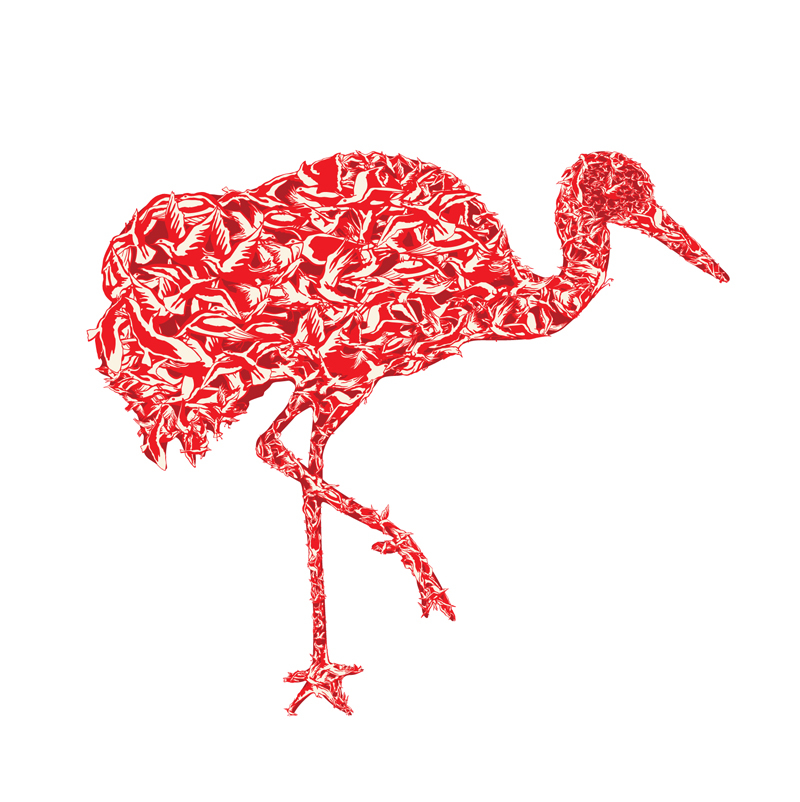Granted, a lot of the food Sabrina ate with her hands as a baby went down her shirt, in her seat or onto the floor. But we were still amazed how much made it into her mouth and stomach!
She loved everything we let her try – especially if it was something she could eat with her hands instead of being fed with a spoon. Cheese, yogurt, pasta, scrambled eggs, chicken, turkey, hame, bread, beans, rice. You name it, she liked it. And at three years old, she still does.
As opposed to our firstborn, Sydney, who would bring something new up to her mouth, tease us into thinking she'd eat it, and then throw it across the room. And at five, still eats about twenty things in total and refuses to try anything new.
Apparently food neophobia (the avoidance of new foods) is a common thing for young kids, so she's not alone.
Chris swears it was our parenting. That we gave Sabrina more things to try. But that is not true. We fed them the exact same way. Sydney tasted it and spit it out and refused to ever try it again. Sabrina tasted it, usually loved it, and continues to try everything. Luke is somewhere in the middle.
So - there's my three-person research experiment to prove that picky eaters are born, not made. I'm officially letting myself off the hook in the blame department.
What can you do if you have a picky eater? Research in laboratory and real-world settings has shown that neophobia can be reduced through exposure-based interventions. New foods can become familiar, and disliked foods become liked, with repeated presentation. At a recent class with Cheer Up Buttercups, their nutritionist specialist recommended that everyone at the table gets a portion of dinner on their plate. They don't have to eat it, but at least they're exposed to it.
Do you have a picky eater? If so, let us know if you've found any tricks to get your kids to try new foods!

